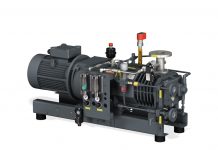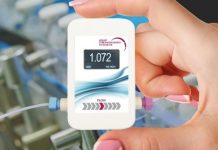The last registration deadline for REACH will be here soon and will cover the tonnage bands 1 – 10 and 10 – 100 tonnes/year. Many more registrations from small and medium enterprises (SME’s) are expected; these may have less experience with regulatory work and many will face the challenge of acting as lead registrant for the first time.
The task ahead may seem daunting, but there is much useful information available from ECHA and commercial companies who support registrants. Taking on this task will secure your EU market and will give you some control over the process. ECHA does not pick the lead registrant, this must be done by the members of the pre-SIEF. So, how should you get things started?
Look at your REACH-IT account. All pre-SIEF members will be listed with their contact details and some may have provided additional information (for example, if they have any data).
- Test the water to see who is serious about registration. Send a general email to establish who intends to register. The SIEF process must be transparent, so include every one and keep a copy of all correspondence. Setting a deadline for responses, together with a reminder nearer the date, is a good strategy.
- Clearly define the substance you wish to register. Ensure other SIEF members are in agreement; circulate details such as CAS number, structure, purity, main impurities, method of analysis.
- Take advantage of the information already out there. A number of examples of SIEF agreements and documentation are available on the web (e.g., CEFIC) and some companies run webinar and information days.
- Understand your responsibilities. Being a lead registrant comes with a number of responsibilities, most of which are good working practices and designed to ensure the whole process is transparent. Get a good SIEF agreement in place to share the process and the cost (the process must be cost neutral). Consider securing a down payment as part of the initial agreement.
- Propose yourself as lead registrant. If the other members agree, then nominate yourself via the ECHA website.
- Prepare for registration. Assess the available data (both company held and public), understand the registration requirements, identify any data gaps and propose how to address them.
Schedule your work and get help where you need it. All registrants (lead and joint) need to provide analytical information to confirm substance sameness. Even if you need to generate the minimal amount of data for the chemical safety assessment, it will take time and laboratories will start to get busy. Identify the skills present in your SIEF. Lots of companies offer support services, so identify where you need help and get a tailored service to keep your costs down.
- Lastly, don’t procrastinate! If you want to keep your market, you need to register. Just a little understanding about REACH will help identify the steps you need to take, and there is lots of available information out there to help you.
Christine McAlinden
toXcel International Ltd













